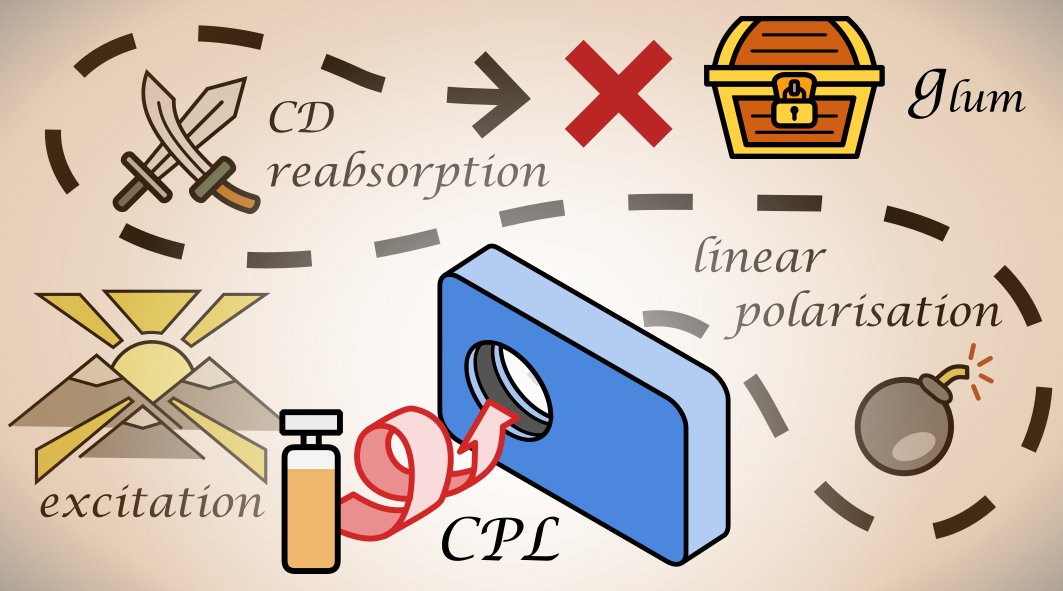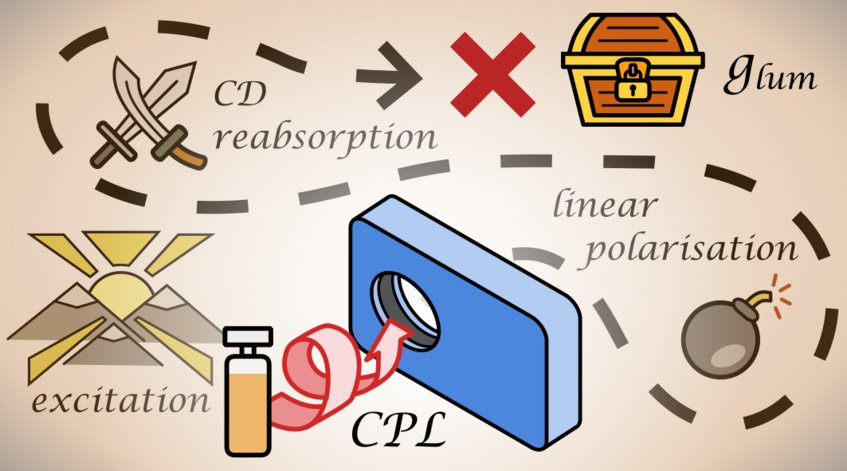Fundamentals, Advances, and Artifacts in Circularly Polarized Luminescence (CPL) Spectroscopy
Objects are chiral when they cannot be superimposed with their mirror image. Materials can emit chiral light with an excess of right- or left-handed circular polarization. This circularly polarized luminescence (CPL) is key to promising future applications such as highly efficient displays, holography, sensing, enantiospecific discrimination or synthesis of drugs, and quantum computing and cryptography. Here, we aim to provide an approachable and practical guide to CPL spectroscopy. First, we lay out the fundamentals of the technique and give a detailed account on recent experimental advances to achieve highly sensitive and accurate measurements, including all corrections required to obtain reliable results. We then discuss the most common artifacts and pitfalls to avoid, especially when studying thin films, e.g., based on molecules, polymers, or halide perovskites, as opposed to dilute solutions of emitters. To facilitate the adoption by others we make our custom operating software publicly available, equipping the reader with the tools needed for successful and accurate CPL determination.

